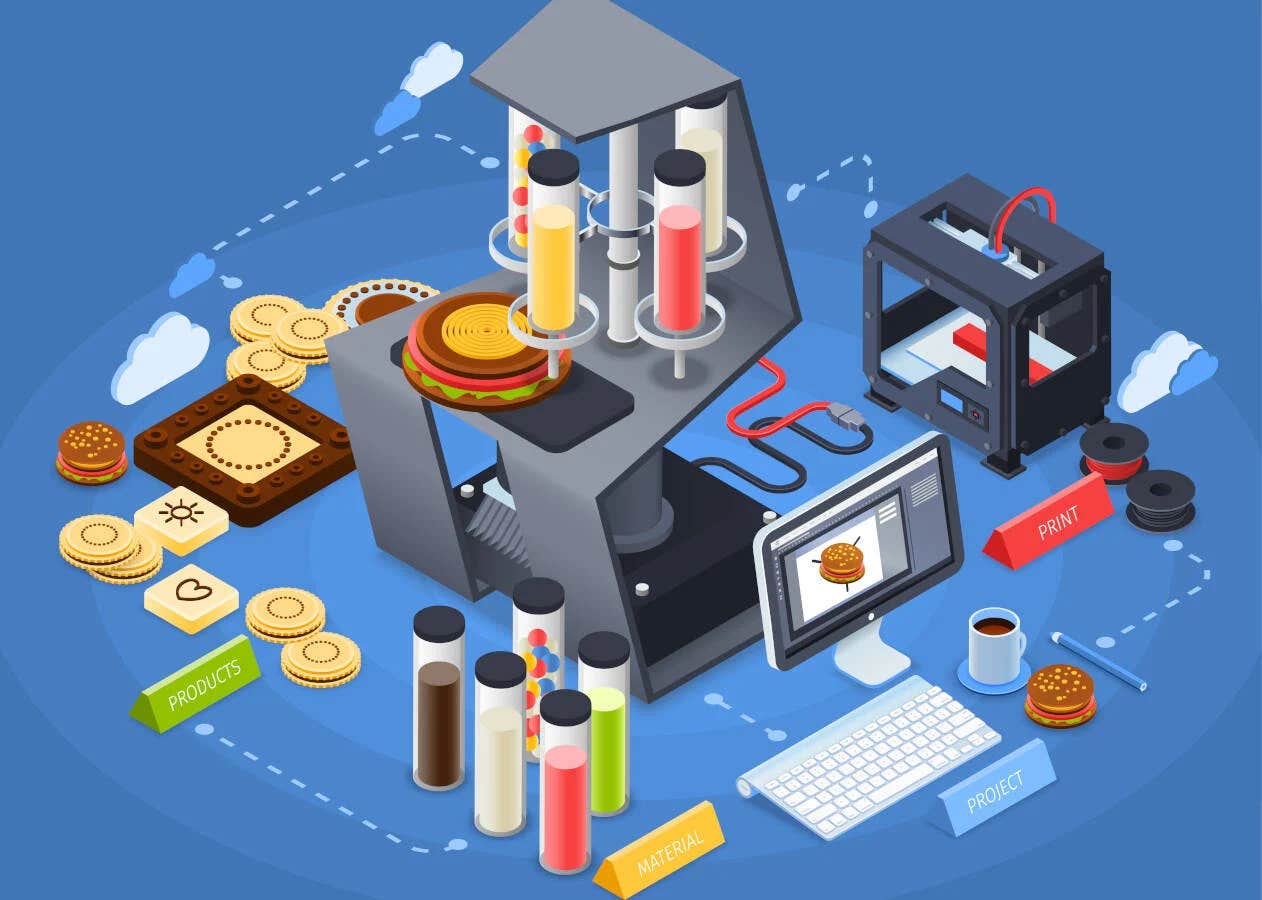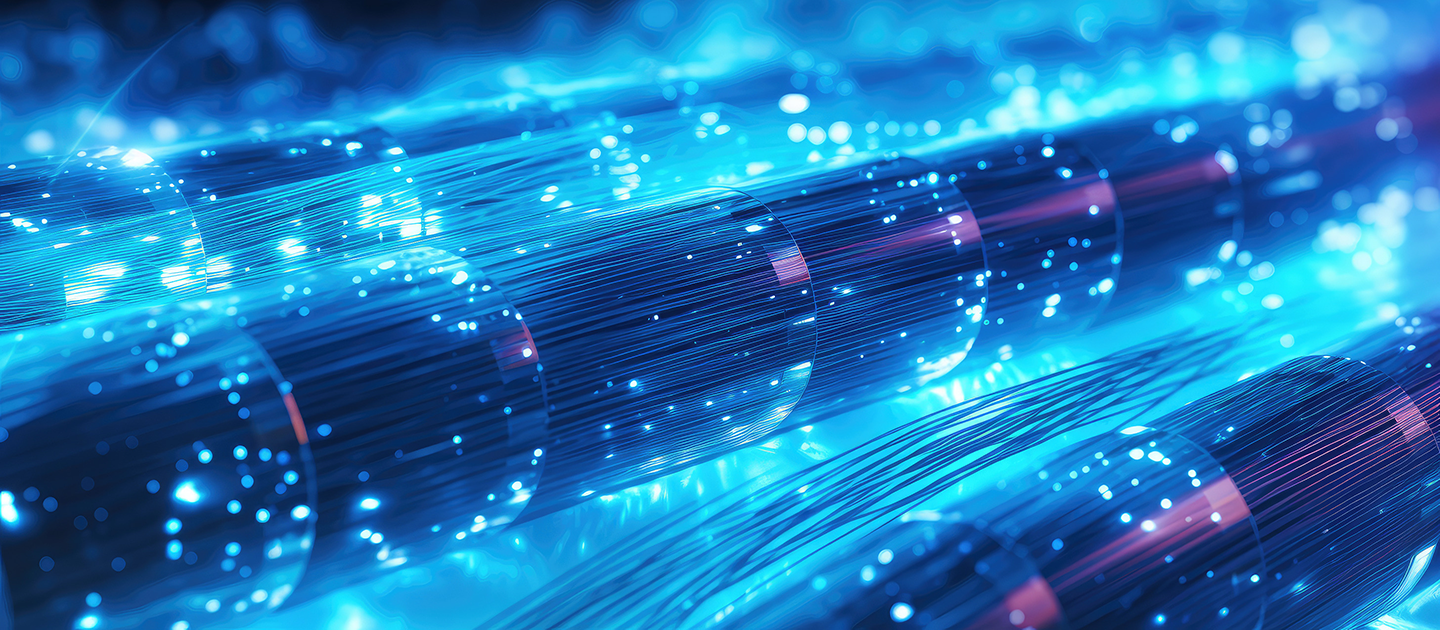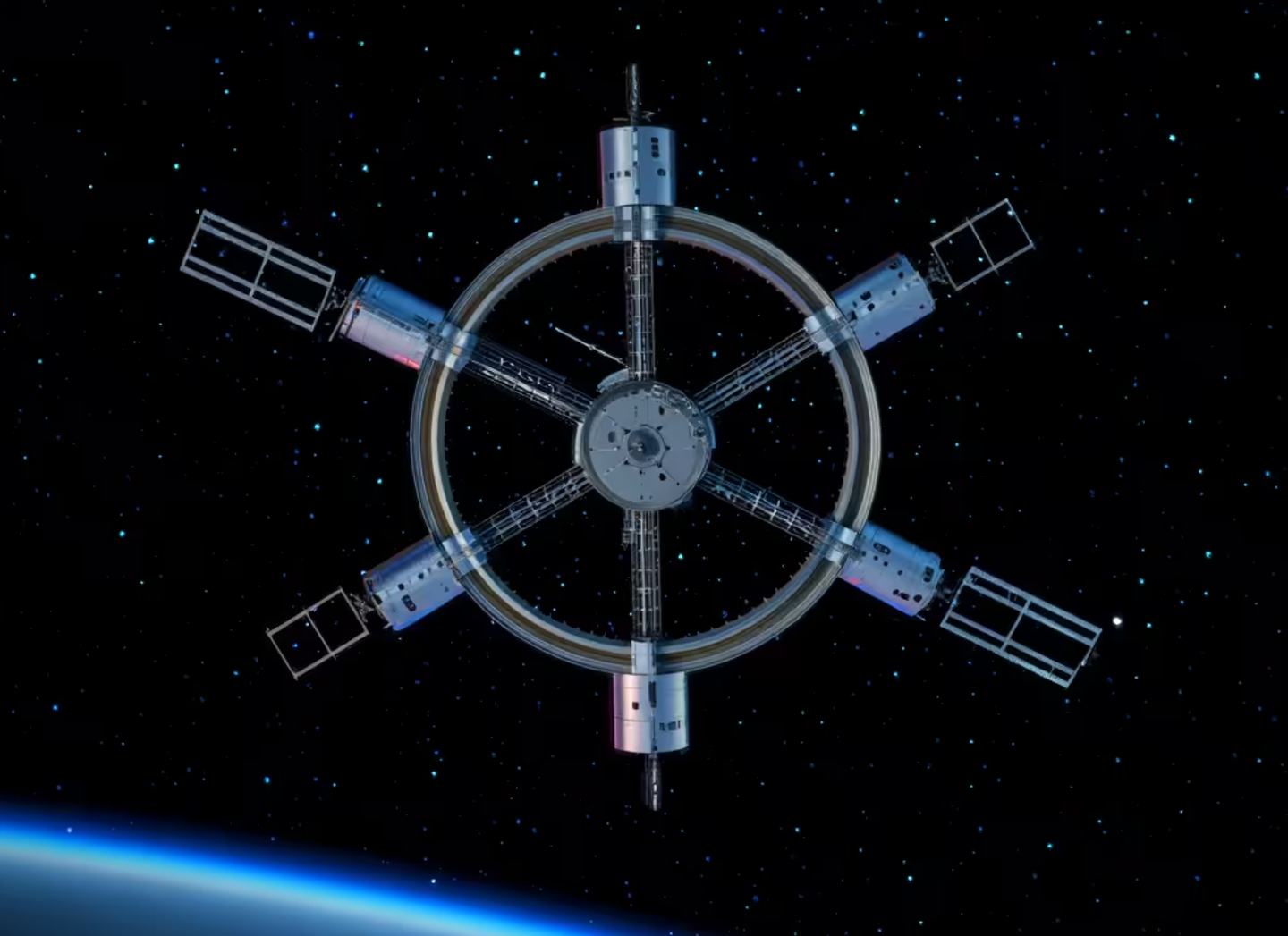The future of 3D-printed software-controlled cooking is here!
Cooking devices that incorporate 3D printers, lasers, or other software-driven processes may soon replace conventional coking appliances.

[Mar. 22, 2023: JD Shavit, The Brighter Side of News]
Cooking devices that incorporate three-dimensional (3D) printers, lasers, or other software-driven processes may soon replace conventional cooking appliances. (CREDIT: Shutterstock)
Cooking devices that incorporate three-dimensional (3D) printers, lasers, or other software-driven processes may soon replace conventional cooking appliances such as ovens, stovetops, and microwaves.
But will people want to use a 3D printer--even one as beautifully designed as a high-end coffee maker--on their kitchen counters to calibrate the exact micro- and macro-nutrients they need to stay healthy? Will 3D food printing improve the ways we nourish ourselves? What sorts of hurdles will need to be overcome to commercialize such a technology?
These are some of the questions that a team of researchers at Columbia University's Creative Machines Lab, led by Professor Hod Lipson, are trying to answer. In a new Perspective article published today by npj Science of Food, lead author Jonathan Blutinger, a postdoctoral fellow in the lab, explores these questions and more, discussing with Professor Christen Cooper, Pace University Nutrition and Dietetics, the benefits and drawbacks of 3D-printed food technology, how 3D-printed food compares to the “normal” food we eat, and the future landscape of our kitchens.
Food printing technology has been around since Lipson’s lab first introduced it in 2005, but to date, the technology has been limited to a small number of uncooked ingredients, resulting in what many perceive as less than appetizing dishes. However, Blutinger’s team broke away from this limitation by printing a dish comprising seven ingredients, cooked in situ using a laser.
Related Stories:
For the paper, the researchers designed a 3D-printing system that constructs cheesecake from edible food inks — including peanut butter, Nutella, and strawberry jam. The authors note that precision printing of multi-layered food items could produce more customizable foods, improve food safety, and enable users to control the nutrient content of meals more easily.
“Because 3D food printing is still a nascent technology, it needs an ecosystem of supporting industries such as food cartridge manufacturers, downloadable recipe files, and an environment in which to create and share these recipes. Its customizability makes it particularly practical for the plant-based meat market, where texture and flavor need to be carefully formulated to mimic real meats,” Blutinger said.
To demonstrate the potential of 3D food printing, the team tested various cheesecake designs, consisting of seven key ingredients: graham cracker, peanut butter, Nutella, banana puree, strawberry jam, cherry drizzle, and frosting. They found that the most successful design used a graham cracker as the foundational ingredient for each layer of the cake.
3D-printed cheesecake using edible food inks, including peanut butter, Nutella, and strawberry jam. (CREDIT: Jonathan Blutinger/Columbia Engineering)
Peanut butter and Nutella proved to be best used as supporting layers that formed “pools” to hold the softer ingredients: banana and jam. Multi-ingredient designs evolved into multi-tiered structures that followed similar principles to building architectures; more structural elements were needed to support softer substrates for a successful multi-ingredient layered print.
“We have an enormous problem with the low-nutrient value of processed foods,” Cooper said. “3D food printing will still turn out processed foods, but perhaps the silver lining will be, for some people, better control and tailoring of nutrition--personalized nutrition. It may also be useful in making food more appealing to those with swallowing disorders by mimicking the shapes of real foods with the pureed texture foods that these patients--millions in the U.S. alone--require.”
Laser cooking and 3D food printing could allow chefs to localize flavors and textures on a millimeter scale to create new food experiences. People with dietary restrictions, parents of young children, nursing home dieticians, and athletes alike could find these personalized techniques very useful and convenient in planning meals.
The potential benefits of 3D food printing are intriguing, but there are also significant challenges that need to be addressed before it can become a widespread technology in kitchens around the world.
One challenge is the cost of 3D food printing equipment. Currently, 3D printers that are capable of printing edible materials can cost thousands of dollars, putting them out of reach for many consumers. However, as with any new technology, the cost is likely to come down over time as more manufacturers enter the market and competition drives prices lower.
The final printed food product (V7). b A cross-sectional cut of the final-printed slice showing internal ingredients. c A 3D model rendering of the final food product. d A cross-sectional view of the cake showing how each of the ingredients are layered. The ingredients that were used are as follows: (1) graham cracker paste, (2) peanut butter, (3) strawberry jam, (4) Nutella, (5) banana puree, (6) cherry drizzle, and (7) frosting.. (CREDIT: npj Science of Food)
Another challenge is the complexity of the process. Unlike traditional cooking methods, which can be learned through trial and error or passed down through generations, 3D food printing requires specialized knowledge and expertise. This means that consumers will need to be educated about how to use the technology and how to create recipes that work well with it.
There are also concerns about the safety and quality of 3D-printed food. Some experts worry that the technology could be used to create foods that are not safe to eat, or that it could introduce new health risks that we don't yet understand. To address these concerns, it will be important for researchers to conduct rigorous testing and evaluation of 3D-printed food to ensure that it is safe for human consumption.
Despite these challenges, there is no doubt that 3D food printing has the potential to revolutionize the way we eat. From personalized nutrition to novel food experiences, this technology has the potential to offer a range of benefits to consumers. With continued research and development, it is likely that we will see more and more 3D-printed foods on our plates in the coming years.
Note: Materials provided by The Brighter Side of News. Content may be edited for style and length.
Like these kind of feel good stories? Get the Brighter Side of News' newsletter.



